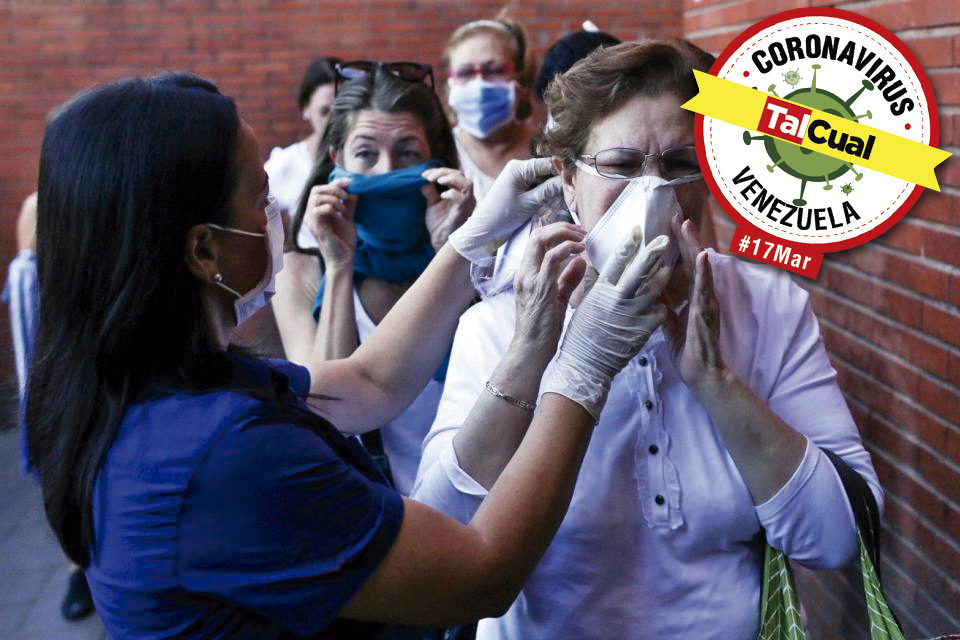In the most recent reports (April 30, 2019) of the Pan American Health Organization to the Directing Council of the Organization, the current health emergencies of international importance stand out, including the propagation of wild polioviruses and the circulation of poliovirus derived from the vaccine, as well as the outbreak of the Ebola virus in the Democratic Republic of Congo, leading to the activation of the IHR Emergency Committee in 2018 on the outbreak of the Ebola virus.
Separately, from July 1st, 2018 until April 30th, 2019, the severe public health events that affected or had some public health implication for the Member States of the Regional Office for the Americas were related primarily with preventable diseases through vaccination, which are detailed below, Venezuela being one of the countries with the most events (11) in the region, followed by the Dominican Republic with six events, Peru with three, Uruguay with two, and Surinam with one.
In three (measles, diphtheria, and malaria) of four (yellow fever) outbreaks, Venezuela stands out:
Measles: Since mid-2017, Venezuela has been plunged into a measles outbreak that has extended to the entire country. By March 31st, 2019, more than 6,500 confirmed cases had been accumulated, and within those, 76 deaths, although none of them in 2019 (1% fatality rate).
In the same period, confirmed cases of measles were detected imported from Venezuela or related with the imports in six countries of the region: Argentina (1 case), Brazil (more than 10,300 cases, including 12 deaths, none of them in 2019; 1% fatality rate), Chile (25 cases), Colombia (almost 8,700 cases), Ecuador (17 cases), and Peru (38 cases). In the countries that presented the largest outbreaks, the number of reported cases has continuously decreased since early July 2018. Within the timeframe of this report, authorities detected confirmed cases of measles imported or related with the importation of Member States other than Venezuela, from the Americas region as well as extra-regional, in 10 countries of the region: Argentina (5 cases), the Bahamas (1 case), Brazil (23 cases), Canada (44 cases), Chile (1 case), Costa Rica (10 cases), the United States of America (more than 800 cases), Mexico (6 cases), Peru (4 cases), and Uruguay (3 cases).
Diphtheria: There are diphtheria outbreaks in Haiti and Venezuela. In Haiti, the outbreak began in 2014; by April 30th, 2019, the national health authorities had notified in total 1,114 presumed and confirmed cases, included 52 deaths (5% fatality rate). The 480 cases observed in 2018 represent 43% of the cases registered since the onset of the outbreak.
In Venezuela, the outbreak began in July 2016; by April 30th, 2019, the national health authorities had notified more than 2,700 presumed and confirmed cases, included 280 deaths (10% lethality rate). The cases observed in 2018 represent 44% of the registered cases since the onset of the outbreak. Between July 1st and April 30th, 2019, Colombia notified eight confirmed cases through laboratory tests, including three deaths, also imported from Venezuela.
Yellow fever: By the end of 2015, the increase in activity of the yellow fever virus in South America resulted in an unusual increase in the number of cases in the human and animal populations of Brazil at the end of 2016. After the seasonal distribution in 2017 and 2018, the upturn in the activity of the yellow fever virus in Brazil dispersed to different areas along the country’s southern Atlantic coast, which were previously not considered at risk of transmission. As a result, the WHO Secretariat designed broader zones that presented the risk of transmission of the yellow fever virus in its advice to international travelers going to Brazil. Within the timeframe of this report, Brazil notified 81 confirmed human cases through laboratory tests, including 15 deaths, which implies a fatality rate of 18%. The most affected states are Paraná, Santa Catarina, and São Paulo. More cases were notified, all of them related to zones known for risk of transmission, by the authorities of Bolivia (1 case), Colombia (1 mortal case), French Guyana (1 case), and Peru (12 cases, including eight deaths).
Malaria: In Venezuela, during the eight years between 2010 and 2018, the number of malaria cases increased 900%, and the endemic transmission extended from 12 federal entities to 17, and from 60 municipalities to 125. This increasing tendency means that the national incidence rate has multiplied tenfold in the same period. In 2017, Venezuela represented 84% of the increase in the regional cases (3), with more than 411,000 confirmed cases notified, including 310 deaths. There were more than 451,000 confirmed cases in Venezuela in 2018, with 257 deaths, and between January 1st and March 17th, 2019, almost 103,000 confirmed cases were observed in the country.
Codevida aims to promote and defend the rights of all people affected by chronic health conditions, without distinction of any kind, under ethical principles and respect for human rights, in order to ensure that Venezuela is guaranteed a universal, comprehensive, timely, safe and quality health care, freedom of expression and information on the right to health in all its forms and the right of all groups and organizations of civil society to public advocacy in national and international spheres where necessary to demand rights and demand justice when they are violated.




